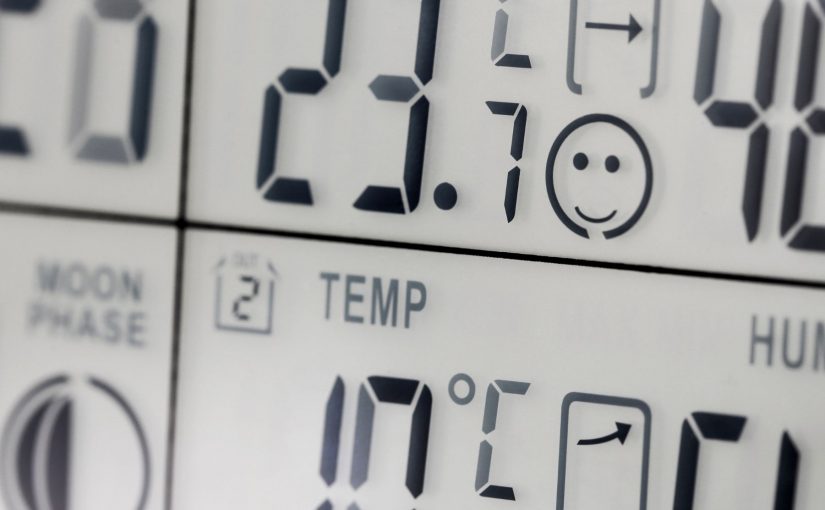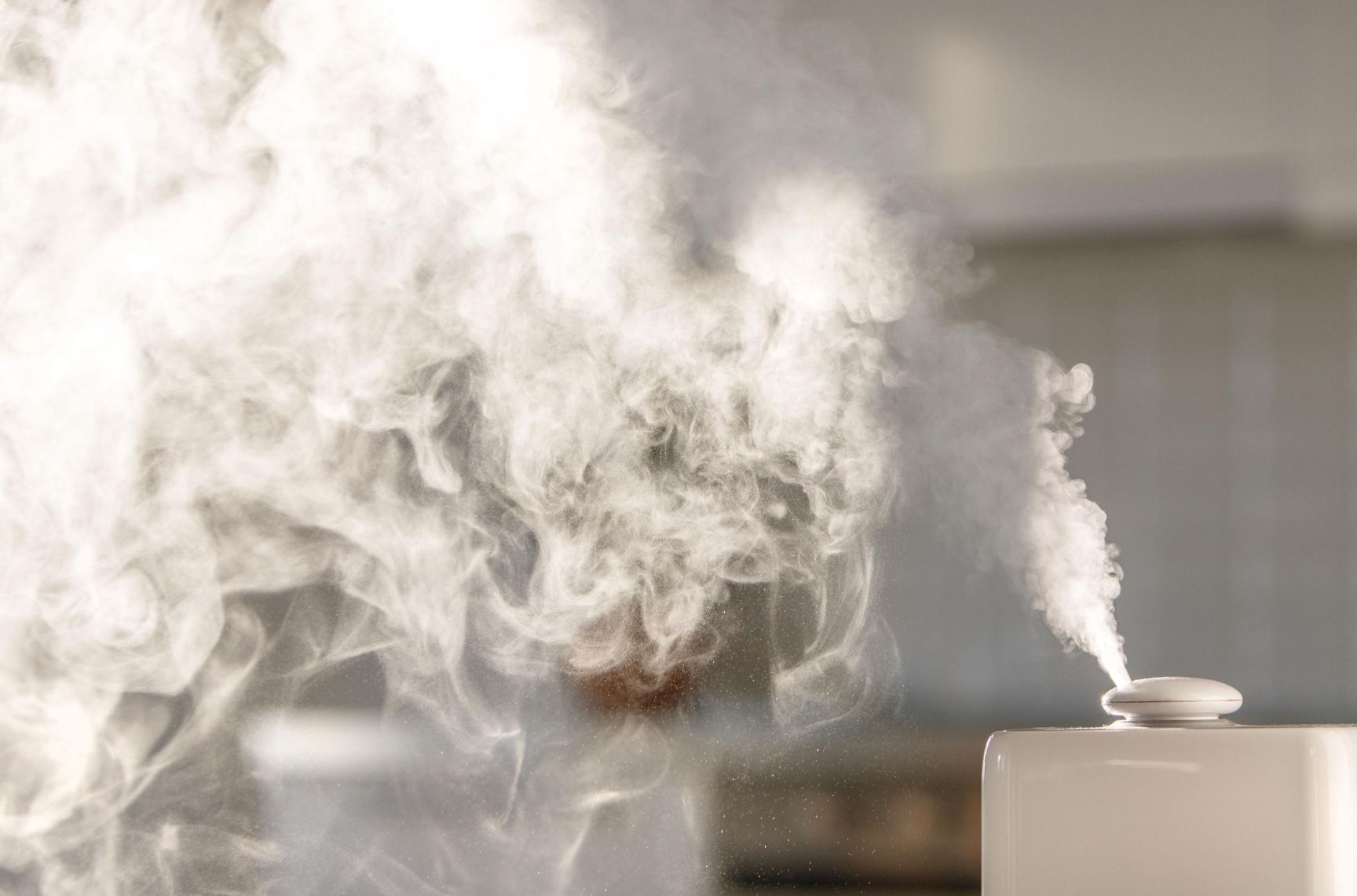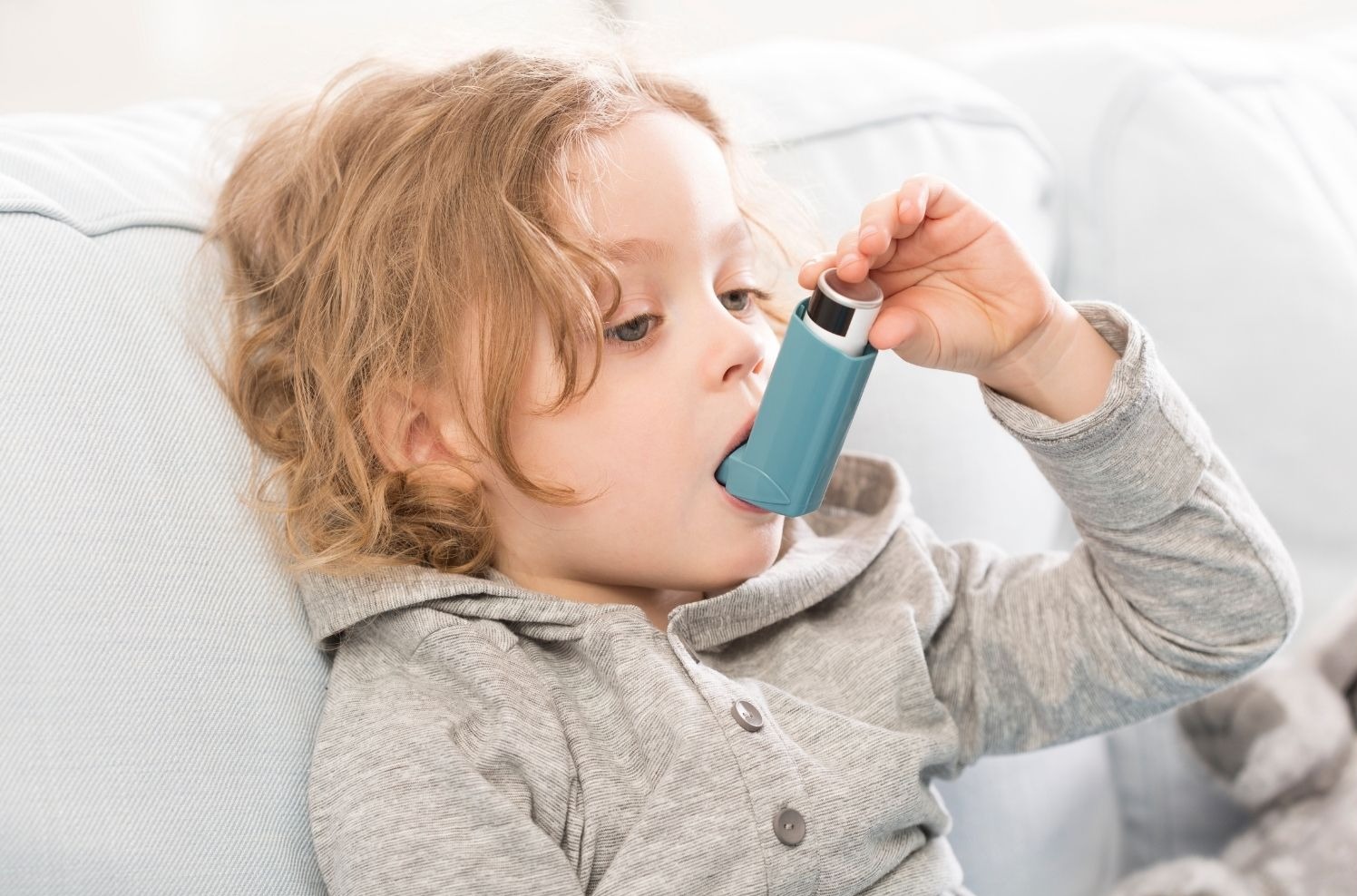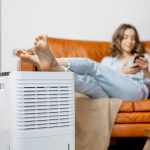What is the Ideal Humidity Setting in Winter?
It seems that humidity and humidification are a subject that are gaining interest as people are becoming more aware of the impact that moisture levels in the home, School, work or otherwise, can have not only on dry noses and cracking skin but even more importantly the transmission of viruses.
“The ideal humidity setting on a hygrometer or humidifier is 50 Percent. According to the National Library of Medicine: “the majority of adverse health effects caused by relative humidity would be minimized by maintaining indoor levels between 40 and 60%.”
When conditions are dry, airborne viral particles become smaller and or able to travel much further.
Humidity makes the particles wider and weighs them down so they are not able to float, which reduces the particles located in the ambient air (the air you breathe) and inhibits their capacity to spread.
Exciting.
It’s interesting that simply adding moisture to the air can create indoor conditions where viruses and bacteria along with other dust particles can reduce respiratory illness.
 Humidity levels in the winter are typically exceptionally low. The lack of moisture in the air creates all types of havoc with your body including:
Humidity levels in the winter are typically exceptionally low. The lack of moisture in the air creates all types of havoc with your body including:
- Dry skin
- Lowered immunity
- Raw and bloody noses
- Dry throat
- Acne
- Congestion
- Static electricity
- Frizzy hair
But you may be asking how do you know what your humidity actually is in the house?
That’s all good and fine knowing that humidity can affect your health but if you don’t know what your humidity is or how to correct it, what’s the use?
Humidity is measured with what’s called a hygrometer.
Hygrometers can be purchased as standalone devices but you will mostly find them as digital units combined with thermometers these days.
A thermohygrometer coupled with a humidifier to add moisture to the air is all the tools you will need to increase your relative humidity when conditions are too dry in your home or workplace.
This method works by using trial and error and increasing or decreasing the output of your humidifier as needed.
But even though it works, it’s not the most convenient as it will take a lot of monitoring between the humidifier and the hygrometer to achieve and maintain the proper humidity level.
 Lucky for us, humidifiers have raced into the new age and are among the upper echelon of appliances that come equipped with smart technology to auto control your humidifier, but it turns on and off as needed according to censored hygrometer technology.
Lucky for us, humidifiers have raced into the new age and are among the upper echelon of appliances that come equipped with smart technology to auto control your humidifier, but it turns on and off as needed according to censored hygrometer technology.
In other words, it increases and decreases humidity automatically.
Smart humidifiers not only can be controlled using Alexis and Google Assistant, they can also tell you your home humidity levels directly from an app on your phone and let you control it as needed.
Smart technology is only the beginning of where this new generation of humidifiers get started.
For instance the Levoit 6 l whole house smart humidifier can be utilized as either a warm mist or a cool mist humidifier.
It is equipped with sleep mode, essential aromatherapy oil ready, and is ultra quiet.
And one of the smartest features of this new breed of humidifiers is that they are top fill.
Which means they are much easier to put water in than the old plastic pharmacy style humidifiers that had to have the tank taken off and turned upside down underneath a faucet to fill it.
Other advances in humidifiers include methods of keeping humidifiers cleaner longer.
Technologies like UV light and antimicrobial plastic or advancing humidification to a new level. see: Self Cleaning Humidifiers
It’s no secret that humidifiers are among the most maintenance heavy devices.
Humidifiers must be kept clean to avoid germs and bacteria from growing inside of the water.
Unfortunately the same device that can reduce your chances of getting sick in the winter can also make you sick if it is not maintained properly.
That’s what makes these new technologies like ultraviolet light and antimicrobial materials so exciting.
You can imagine that in the future we are going to see humidifiers that alert us when they are in danger of developing bacteria and humidifiers that simply clean themselves.
We’re not quite there yet. But it’s definitely on the horizon. (Vaporizers use boiling water to create steam. Since the water is brought to a high temperature, bacteria is not able to survive)
Summary
What Humidity Setting Should You Use in Winter?
According to PubMed, 40 to 60% relative humidity in the home, School, or workplace is the ideal humidity to minimize adverse health effects caused by humidity.
Humidity can adversely affect your health when it is too low or too high.
Though most people generally pull out the humidifier when they start getting bloody noses and congestion, humidifiers can relieve all types of conditions including dry and cracking skin, dried out nasal passages, acne, viral spread, and lowered immunity.
Though they can be purchased separately and used in conjunction with your humidifier, hygrometers, which are the tool that is used to measure humidity, come built in to humidifiers as a standard feature these days.
Smart humidifiers can automatically increase or decrease the humidity level inside of the house to maintain the optimal humidity of 40 to 60%.
They also give you the advantage and convenience of being able to control and schedule your humidifier with your phone or using an Alexis device or Google Assistant.
This new breed of humidifier offers features like the capacity to use the humidifier is either a warm mist or a cool mist device. Antibacterial features like ultraviolet light and antimicrobial plastic, and one of my favorites, the ability to fill it from the top.
Top fill humidifiers take a huge amount of hassle out of using a humidifier.
It hasn’t been that long since humidifiers only came with basins that had to be taken off and turned upside down in order to fill.
Top fill humidifiers can be filled with a water pitcher.








